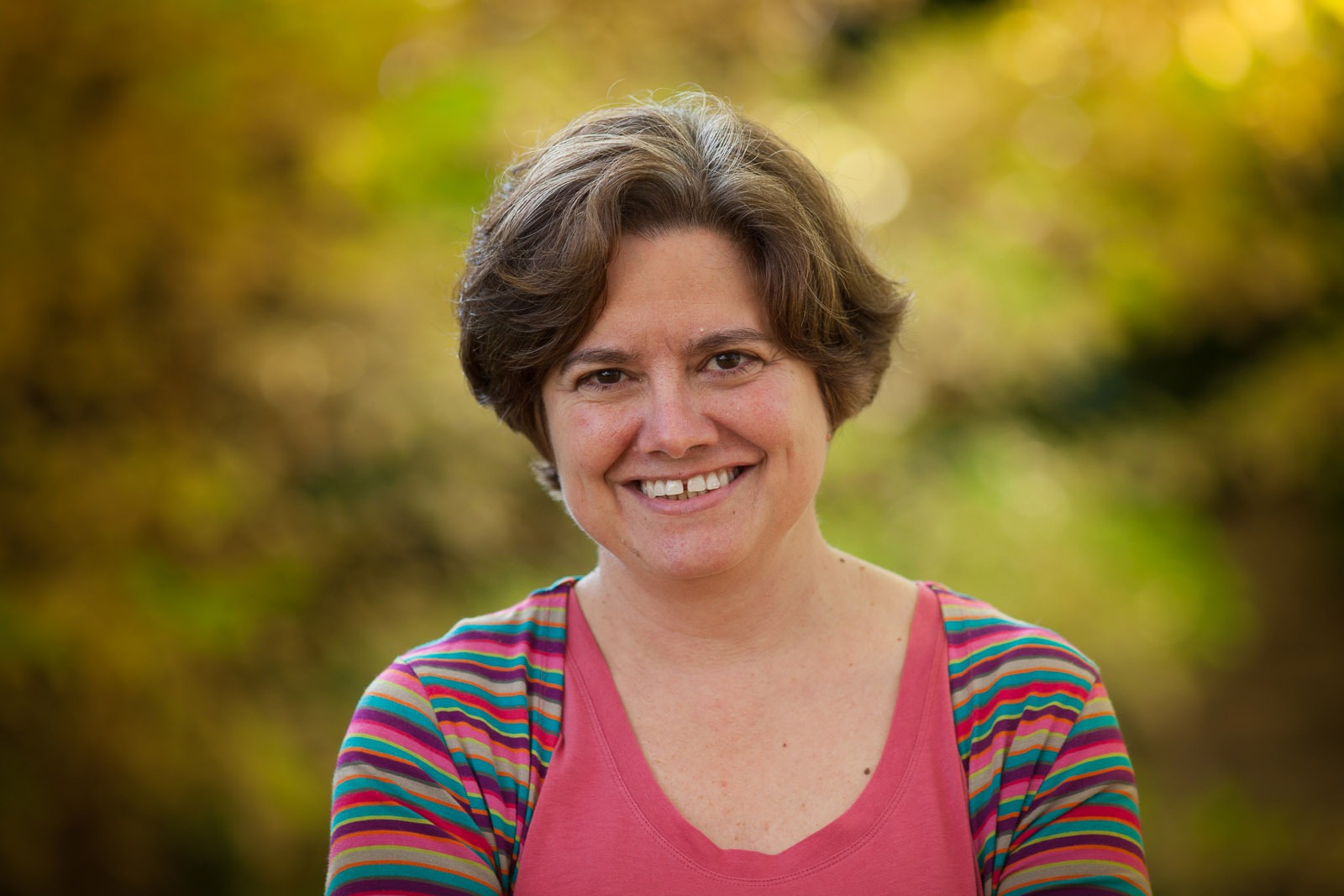
Julie Ahringer
University of Cambridge
Julie Ahringer is a Professor at the University of Cambridge. She has focused her career on understanding development and transcriptional regulation in Caenorhabditis elegans.

Kavita Babu
Indian Institute of Science (IISc), Bangalore, India
Kavita Babu is an Associate Professor at the Centre for Neuroscience, Indian Institute of Science, Bangalore, India. Her group is interested in studying neurogenetics using C. elegans. Kavita’s lab is interested in understanding how cell adhesion molecules signal at the neuromuscular junction. More specifically, her lab is working on uncovering non-canonical functions of cell surface claudins at the synapse. Kavita’s lab is also involved in studying neuropeptide based circuits and how they allow for normal movement in worms.
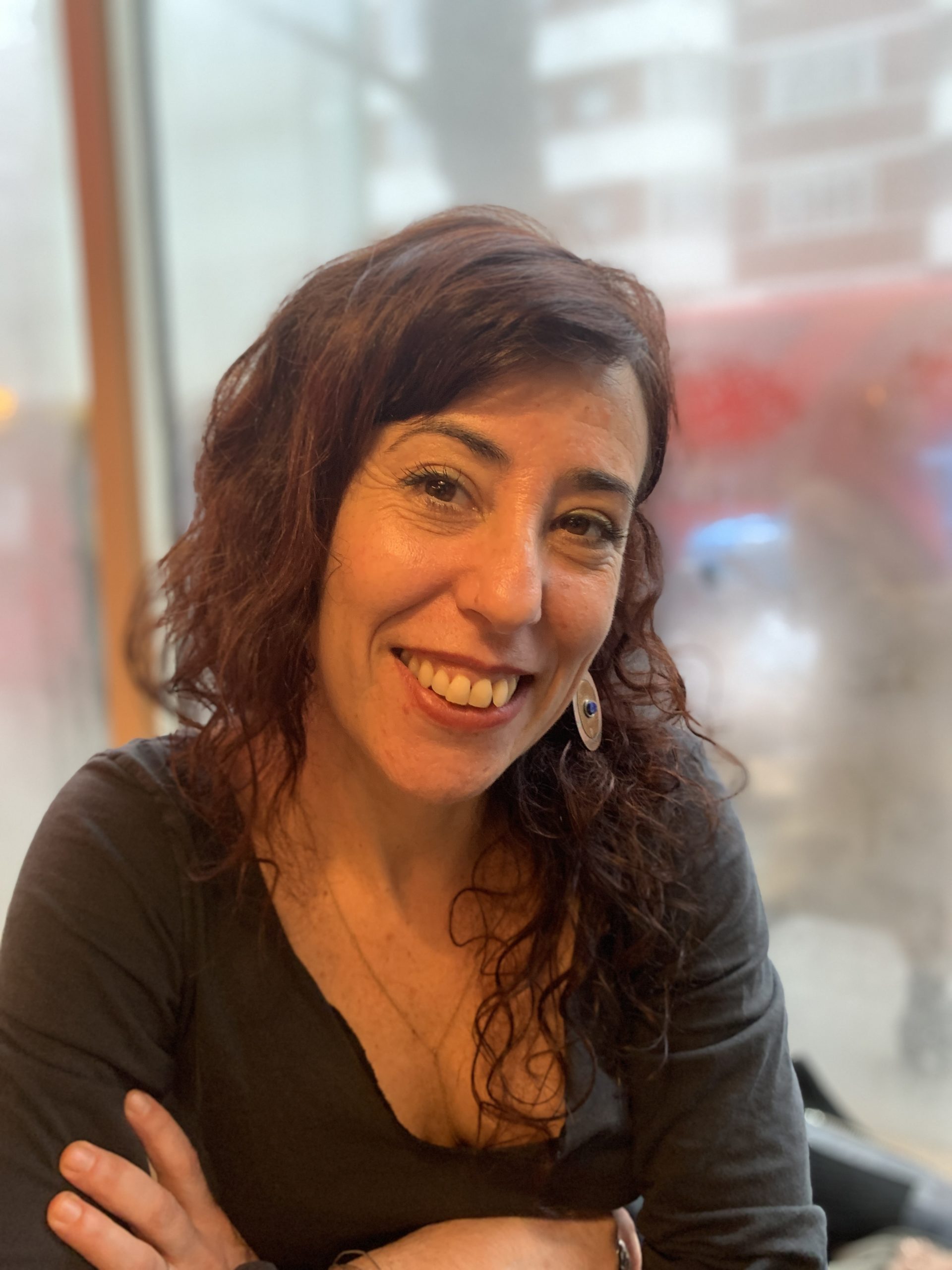
Arantza Barrios
University College London
Arantza Barrios is an Associate Professor/Reader in Neurobiology at University College London. Her lab uses the C. elegans male to investigate the mechanisms of flexible behavior. Their work focuses on three factors that influence the way sensory information is processed: previous experiences, internal state, and biological sex.
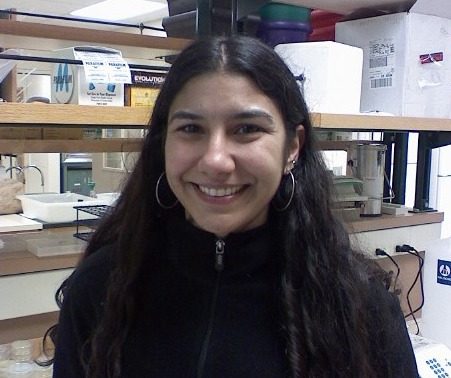
Needhi Bhalla
University of California, Santa Cruz
Needhi Bhalla is a professor at the University of California, Santa Cruz. She attended graduate school at the University of California, San Francisco, where she trained with Dr. Andrew Murray and studied how mitotic chromosomes segregate in budding yeast. She performed her postdoctoral research at E.O. Lawrence Berkeley Labs and University of California, Berkeley with Dr. Abby Dernburg, where she identified a meiotic checkpoint that monitors whether chromosomes have synapsed correctly. In her own lab, she studies how cells ensure that the correct number of chromosomes is maintained with every cell division. Having an incorrect number of chromosomes, also called aneuploidy, is associated with cancer, birth defects, miscarriages and infertility, underscoring the importance of this question to human health. Her lab combines genetic and biochemical approaches with high-resolution microscopy and cytological techniques in the nematode worm C. elegans to better understand how chromosomes are partitioned correctly during both sexual reproduction (meiosis) and development (mitosis). In addition to the work in her lab, she is deeply committed to promoting equity in academic science, at the level of both trainees and faculty.

Martin Chalfie
Columbia University
Martin Chalfie is a Professor at Columbia University and one of the recipients of the 2008 Nobel Prize in Chemistry for the development of Green Fluorescent Protein (GFP). The Chalfie lab uses C. elegans to investigate aspects of nerve cell development and function. Their work has focused on the study of a set of six neurons that are the sensory receptors for gentle touch (the touch receptor neurons, or TRNs), to address two questions: 1) How is neuronal cell fate determined? and 2) What is the molecular basis of mechanosensation, a sensory modality that underlies a variety of senses (e.g., touch, hearing, and balance)? They also work on neuronal degeneration, microtubule structure and function, and channel structure and function, and they develop methodologies to further scientific discovery.
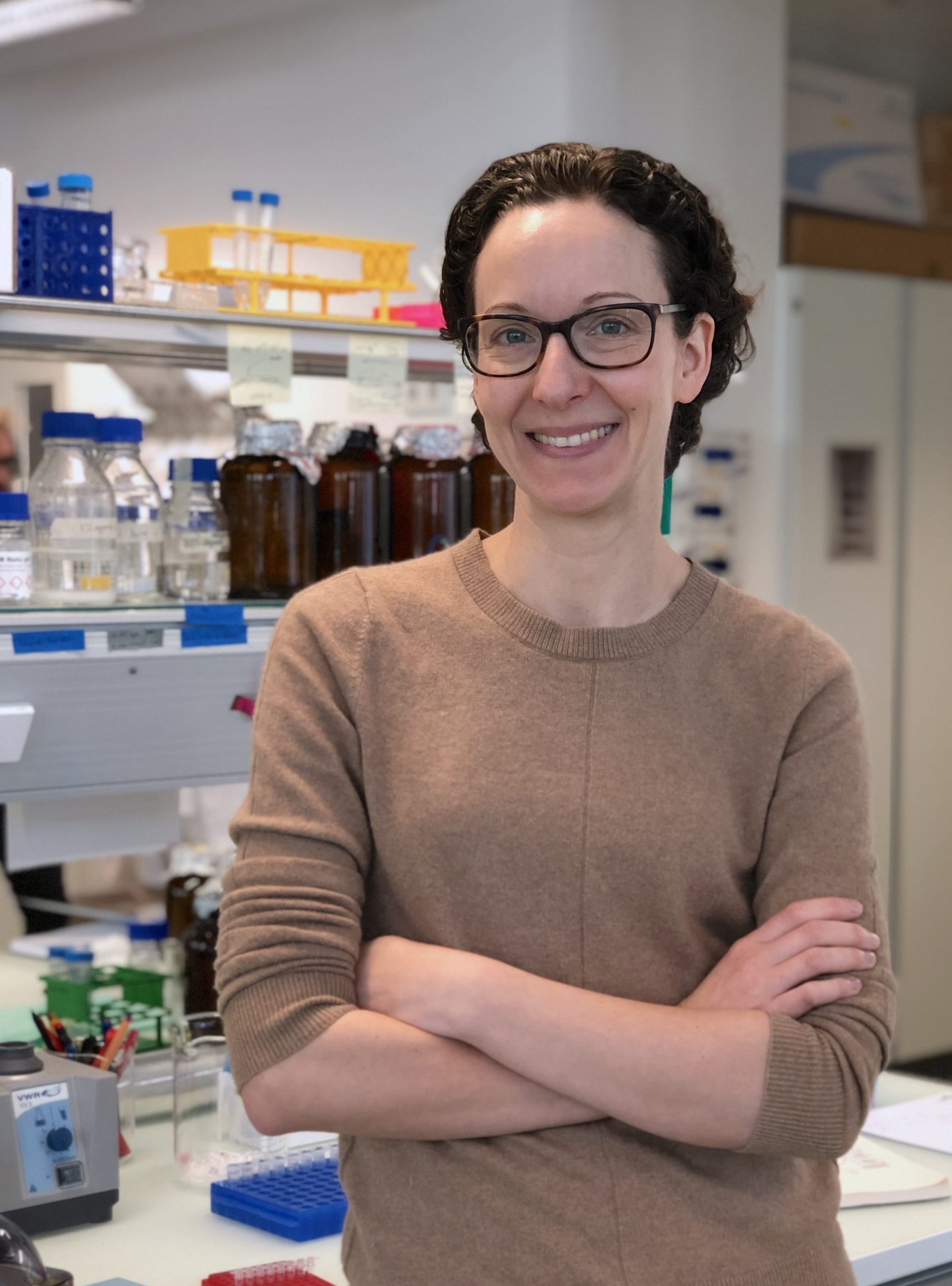
Luisa Cochella
Research Institute of Molecular Pathology (IMP)
Luisa Cochella is a Group Leader at the IMP in Vienna, Austria. Using C. elegans as their main experimental system, Luisa and her team aim to uncover transcriptional and post-transcriptional mechanisms of gene regulation that drive cell diversification during development. Their work on transcription has revealed a new mechanism for generating cell diversity, which relies on integration of transcriptional inputs over time. Their work on post-transcriptional regulation has been primarily on the function of microRNAs in development. In this area, Luisa’s lab has also made conceptual and methodological contributions that help us understand how microRNAs shape the development and physiology of specialized cells such as sensory neurons and muscles.
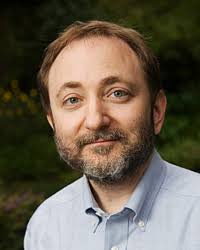
Andrew Fire
Stanford University School of Medicine
Andrew Fire is a Professor at Stanford University School of Medicine and one of the recipients of the 2006 Nobel Prize in Physiology or Medicine for the discovery of RNAi. The Fire lab studies the mechanisms by which cells and organisms respond to genetic change. These include mechanisms activated during normal development and systems for detecting and responding to foreign or unwanted genetic activity. At the root of these studies are questions of how a cell can distinguish “self” versus “nonself” and “wanted” versus “unwanted” gene expression.

H. Robert Horvitz
HHMI, Massachusetts Institute of Technology
Bob Horvitz is the David H. Koch Professor of Biology at MIT, a member of the Koch Institute for Integrative Cancer Research, a member of the MIT McGovern Institute for Brain Research, an Investigator of the Howard Hughes Medical Institute, and one of the recipients of the 2002 Nobel Prize in Physiology or Medicine for discoveries concerning the genetic regulation of organ development and programmed cell death. The Horvitz lab examines how genes control animal development and behavior. They use C. elegans to identify and analyze molecular and cellular pathways involved in these important areas of biology, with the goal of discovering fundamental biological mechanisms and revealing insights into human diseases.

Craig Mello
HHMI, University of Massachusetts Medical School
Craig Mello is codirector of the RNA Therapeutics Institute, a Professor in the Program in Molecular Medicine at the University of Massachusetts Medical School, an Investigator of the Howard Hughes Medical Institute, and one of the recipients of the 2006 Nobel Prize in Physiology or Medicine for the discovery of RNAi. The Mello lab investigates how cells use complexes of short RNA segments and proteins to find and regulate or destroy foreign mRNA sequences. Using C. elegans, Mello and his team focus on the roles of PIWI Argonaute (AGO) and other AGO pathways, whose ability to silence foreign mRNA is transmitted to progeny in both egg and sperm, through direct transmission of AGO/small-RNA complexes – a form of epigenetic inheritance. Deciphering the basic mechanisms underlying small-RNA-directed search pathways in the worm may help our understanding of similar systems in humans.

Oded Rechavi
Tel Aviv University
Oded Rechavi is a Full Professor in the Life Sciences Faculty at Tel Aviv University. His mission is “to challenge fundamental long-held scientific dogmas”. Using C. elegans nematodes he provided direct evidence that an acquired trait can be inherited, worked to elucidate the mechanism and rules of small RNA-mediated transgenerational inheritance, discovered that the nematodes’ brains can control the behavior of their progeny, and identified a simple neuronal circuit-level mechanism that explains economic irrationality. Aside from his work on nematodes, Oded utilized genome sequencing of ancient DNA to “piece together” fragments of the Dead Sea Scrolls and demonstrated that Toxoplasma parasites can be genetically engineered to deliver drugs to the nervous system. He is an ERC Fellow, and was awarded many prestigious prizes, including the Polymath prize (Schmidt Futures), the Kadar award, the Blavatnik award, the Krill Wolf award, the Alon, and F.I.R.S.T (Bikura) Prizes, and the Gross Lipper Fellowship. Prof. Rechavi was selected as one of the “10 Most Creative People in Israel Under 40,” and one of the “40 Most Promising People in Israel Under 40.”

Emily Troemel
University of California, San Diego
Emily Troemel is a Professor of Biological Sciences in the Section of Cell and Developmental Biology at the University of California, San Diego. Her lab studies host/pathogen interactions in C. elegans, with a focus on natural intracellular pathogens, including microsporidia and the Orsay virus. Over the years they have investigated the cell biology of microsporidia infection, microsporidia genomes, and more recently the transcriptional response to microsporidia, which they have found is similar to the response to viral infection. This common transcriptional response is called the Intracellular Pathogen Response (IPR) and it appears to comprise a novel immune/proteostasis pathway.

